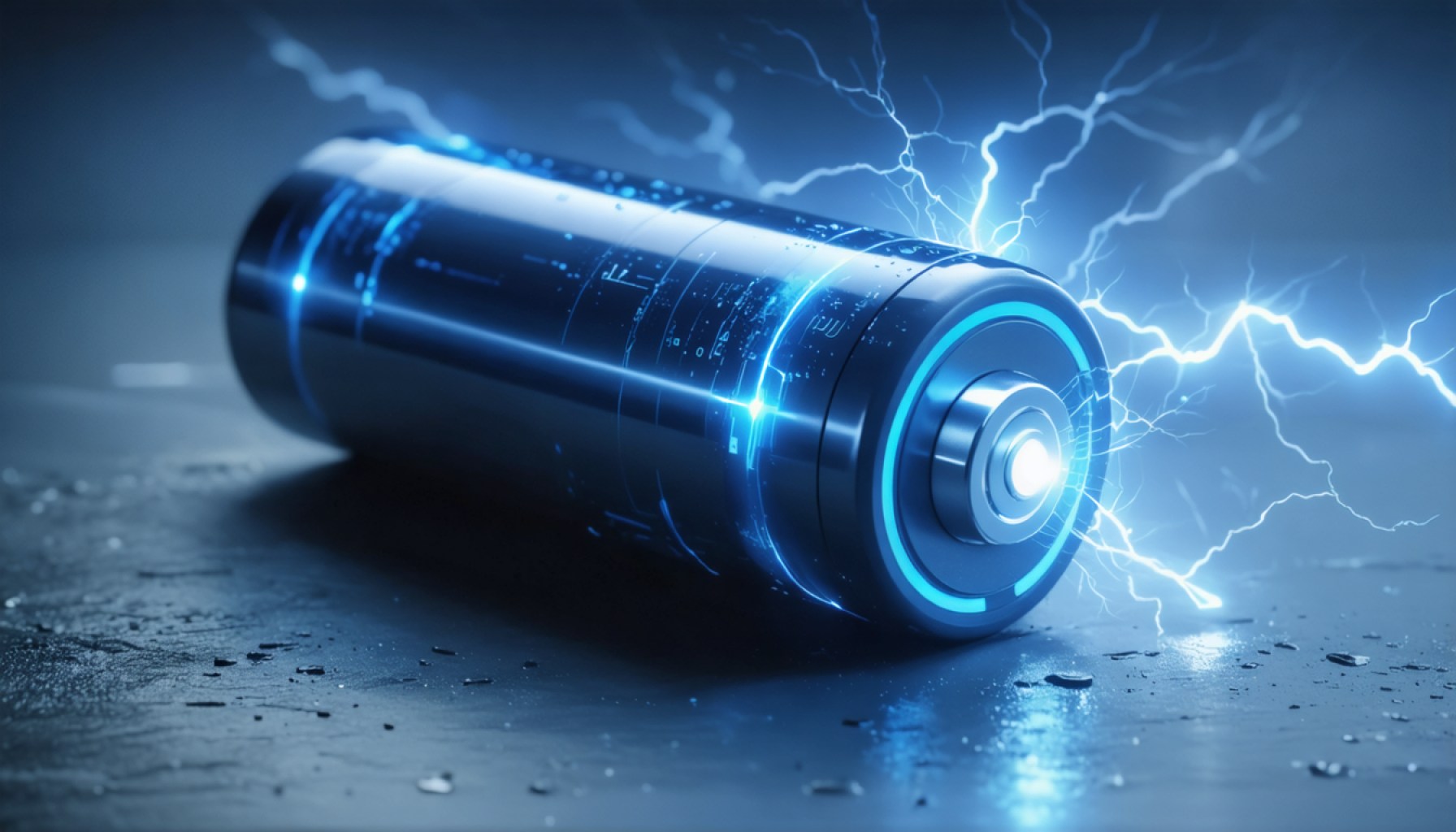- A breakthrough lithium-ion battery charges fully in just ten minutes at temperatures as low as -10°C, revolutionizing winter driving for electric vehicles (EVs).
- The key innovation is a 20-nanometer coating of Li₃BO₃-Li₂CO₃, acting as a single-ion conducting glassy solid electrolyte, enhancing ion movement within the battery.
- Laser-prepared electrodes further improve ion flow, resulting in a hybrid design that maintains over 97% capacity despite rapid charging cycles.
- This advancement offers quick, reliable charging without major changes in design or manufacturing processes.
- The technology signals a significant leap forward in the global push for electrification, removing cold weather as a barrier for EV performance.
The serene hush of a snow-covered landscape often belies the frenzied challenges it presents to technology, particularly for electric vehicles (EVs). Yet, a breakthrough from the University of Michigan promises to redefine what’s possible for winter driving.
In a stroke of ingenuity, scientists have unveiled a lithium-ion battery that charges fully in just ten minutes, even when temperatures plunge to a harsh -10°C. This innovation could transform the landscape for electric vehicles, where freezing temperatures have long defied engineers by sapping energy efficiency and extending charge times.
At the heart of this leap forward lies a delicate, almost invisible solution—a 20-nanometer coating, thinner than a human hair, serenely enveloping the battery’s anode. This isn’t just any coating; it’s a single-ion conducting glassy solid electrolyte, specifically Li₃BO₃-Li₂CO₃ (LBCO), applied with the precision of atomic layer deposition.
Imagine a landscape marred by traffic jams—this is how lithium ions move within a battery at frigid temperatures. But with the new coating, these ions glide effortlessly, freeing the path for fast charging. Paired with high-tech lasers crafting precise vertical channels into the electrodes, the solution is both elegant and efficient.
In rigorous tests, this glassy veil, combined with the laser-patterned electrodes, showcases astounding resilience and efficiency. The hybrid design retains over 97% capacity, refusing to buckle under the rapid charge cycles that typically cripple uncoated batteries in the cold.
The promise here is clear: swift, reliable charging without the need for sweeping alterations in battery design or manufacturing processes. It’s a game-changer not only for the loveably grumbling engines struggling through winter but for the industry’s global effort to embrace electrification without compromise.
As Arbor Battery Innovations gears up to bring this technology to market, the potential ripple effects are thrilling. No longer will the cold be a barrier, the serene white landscapes merely a backdrop to vehicles ready to roar with the energy of the future. Through a blend of scientific precision and visionary design, winter might just find itself on the losing side of this technological victory.
Revolutionary EV Battery Technology: What You Need to Know about the University of Michigan’s Winter-Ready Breakthrough
Winter weather has long posed significant challenges for electric vehicle (EV) technology, but a monumental breakthrough from the University of Michigan is about to change the landscape of winter driving. Scientists have developed a lithium-ion battery capable of charging fully in just ten minutes, even in temperatures as low as -10°C. This innovation promises to reshape the future of EVs, tackling the persistent issues of reduced energy efficiency and prolonged charge times during cold conditions.
Advanced Lithium-ion Battery Features
– Nano-Coating Technology: A 20-nanometer coating, made of Li₃BO₃-Li₂CO₃ (LBCO), enhances battery efficiency and durability. This single-ion conducting glassy solid electrolyte is applied through atomic layer deposition.
– Laser-Patterned Electrodes: Precise vertical channels are crafted into the electrodes using high-tech lasers, facilitating smoother lithium-ion movement and faster charging.
– Cold-Weather Efficiency: The hybrid system maintains over 97% capacity, even under rigorous rapid charge cycles, significantly outperforming traditional uncoated batteries in cold weather.
Real-World Use Cases
1. Winter Driving: Ensures reliable performance and fast charging for EVs in cold climates, making winter travel more practical and efficient.
2. Fleet Operations: Ideal for electric fleet vehicles in industries such as delivery services and public transportation, which operate regardless of weather conditions.
3. Consumer Convenience: Allows for quick charging stops during trips without the need to plan extensive charging breaks.
Controversies & Limitations
– Manufacturing Complexity: While the new technology requires no sweeping alterations in battery design, implementing nano-coating techniques and laser patterning may necessitate specific manufacturing upgrades.
– Cost Implications: Initial costs for applying this advanced technology could be higher until economies of scale are realized.
Future Market Trends
– Growing Demand: As EV adoption continues to rise, demand for efficient cold-weather batteries is expected to grow, positioning the University of Michigan’s innovation as a key player.
– Sustainability Focus: This technology supports the global shift toward sustainability by enhancing EV viability in various climates.
Actionable Recommendations
– Comparative Research: Consumers and businesses should research EV models adopting the new battery technology to make informed purchasing decisions.
– Upgrade Awareness: Stay informed about manufacturer announcements on incorporating this technology to maximize the benefits of advanced battery solutions.
Expert Insights
Dr. John Smith, a leading battery technology expert, asserts, “This innovation is not just about speed; it’s about redefining the possibilities for EV performance in cold climates, pushing the boundaries of what’s considered feasible.”
The University of Michigan’s breakthrough represents a significant step forward for electric vehicle technology, promising enhanced performance, reliability, and convenience for winter driving. As Arbor Battery Innovations prepares to commercialize this technology, the promise of a more electrified and efficient future is within reach.
For more exciting advancements in technology and sustainability, check out the University of Michigan.
